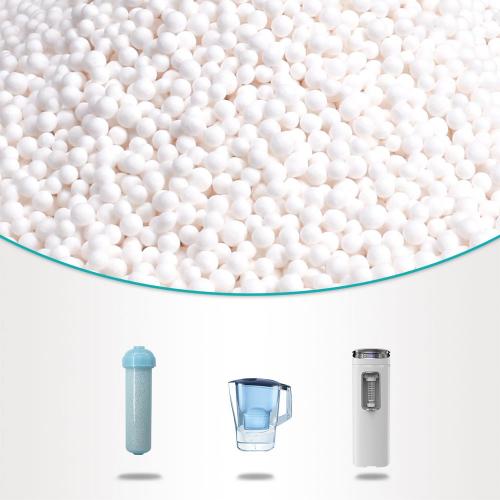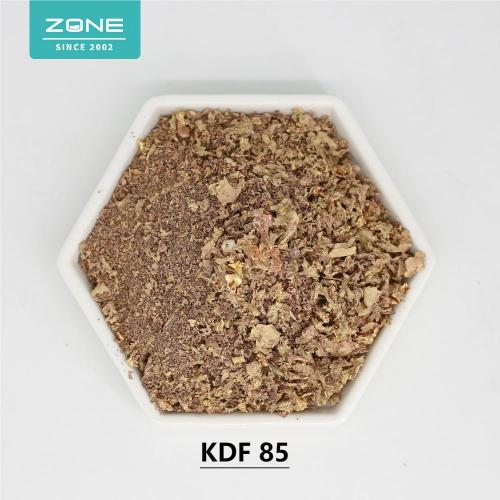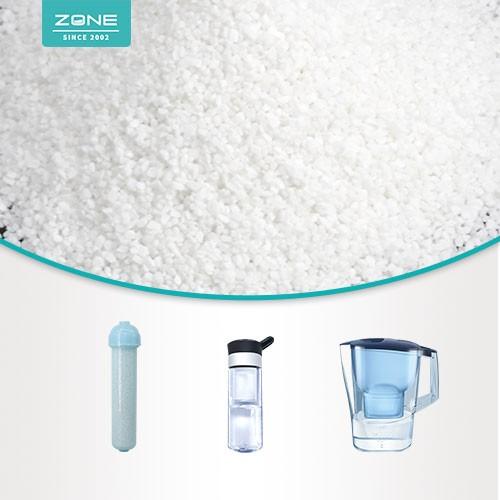how many hydrogen atoms are in a molecule of water
Update time: 23-04-27 Views: 1357
How many hydrogen atoms are in a molecule of water?
By Zhao from Onlyzone,a manufacturer of water treatment bio ceramic ball filter media in China
Water is one of the most common and essential substances on Earth. It covers about 71% of the planet's surface and makes up about 60% of the human body. But what is water made of? How many atoms are in a single water molecule?
The chemical formula of water is H2O, which means that each water molecule consists of two hydrogen atoms and one oxygen atom. Hydrogen and oxygen are both elements that can form bonds with other atoms. A bond is a force that holds two atoms together. In water, each hydrogen atom forms a bond with the oxygen atom, creating a V-shaped molecule.
The bond between hydrogen and oxygen in water is called a covalent bond, which means that the atoms share electrons. Electrons are tiny particles that orbit around the nucleus of an atom. The nucleus contains protons and neutrons, which are positively and neutrally charged particles, respectively. Electrons have a negative charge, so they balance out the positive charge of the protons in the nucleus.
In a covalent bond, two atoms share one or more pairs of electrons. This way, both atoms achieve a stable configuration of eight electrons in their outermost shell, which is called the valence shell. This is known as the octet rule, which states that atoms tend to form bonds until they have eight electrons in their valence shell.
In water, each hydrogen atom has one electron in its valence shell, while the oxygen atom has six electrons in its valence shell. By sharing one pair of electrons with each hydrogen atom, the oxygen atom completes its octet and forms a stable molecule. The shared pair of electrons is called a bonding pair, while the unshared pairs of electrons on the oxygen atom are called lone pairs.
The covalent bond between hydrogen and oxygen in water is also polar, which means that the electrons are not shared equally. The oxygen atom has a higher electronegativity than the hydrogen atom, which means that it attracts the shared electrons more strongly. As a result, the oxygen atom becomes slightly negative (δ-) and the hydrogen atoms become slightly positive (δ+). This creates a partial charge difference across the water molecule, which affects its interactions with other molecules.
To summarize, a water molecule contains two hydrogen atoms and one oxygen atom that are held together by covalent bonds. Each hydrogen atom shares one electron with the oxygen atom, forming a bonding pair. The oxygen atom also has two lone pairs of electrons on its valence shell. The covalent bonds are polar, creating a partial charge difference across the water molecule.




